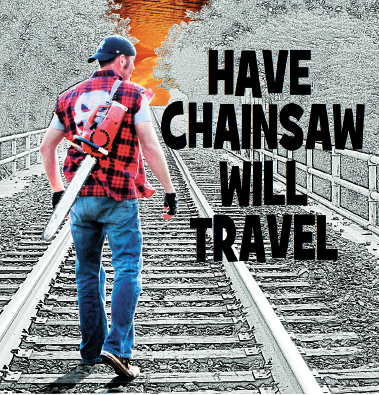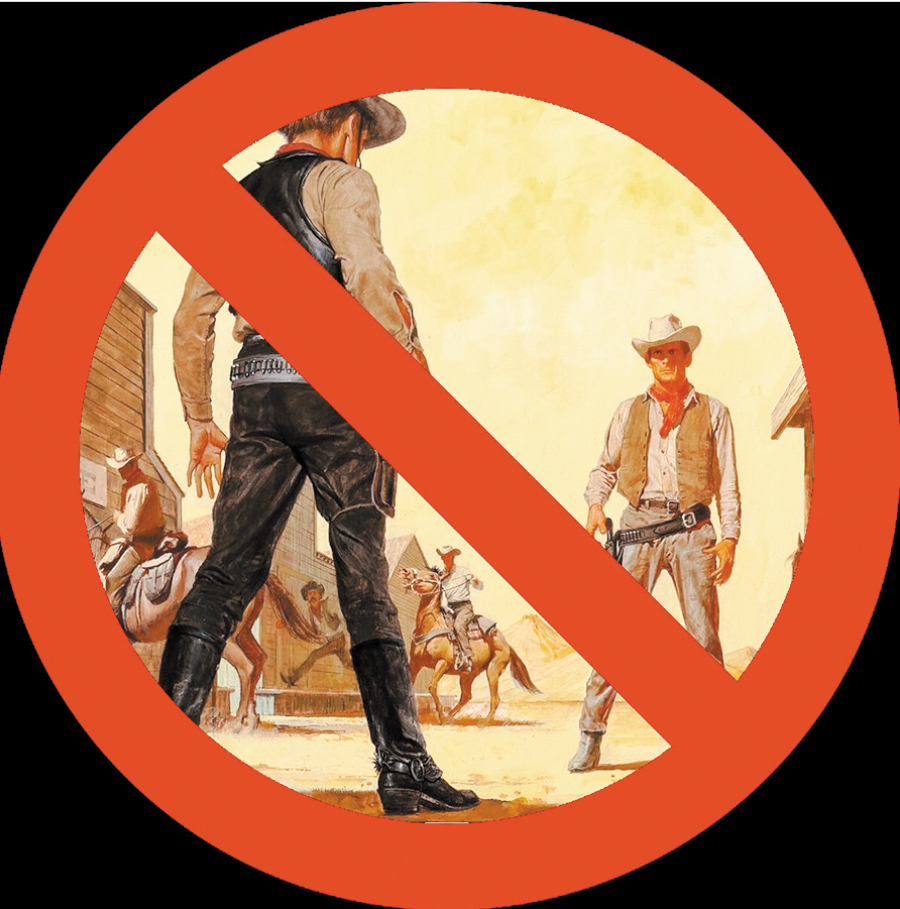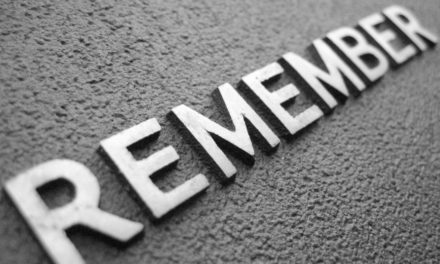
If you ask a gun owner why they “need” a firearm, you may get the immediate and defensive response that it’s because they have the right to. Some will even go as far as to quote the 2nd amendment from memory. Adopted on December 15, 1791, The Second Amendment to the United States Constitution reads as follows, “A well-regulated Militia, being necessary to the security of a Free State, the right of the people to keep and bear Arms, shall not be infringed.” That said, though we won’t question almost anyone’s right to bear arms, we will look at the realistic practicality of bearing them.
So we’ve established that you have the legal right to own a firearm, but you don’t “need” to own a firearm just because you have the right to. So why do you “need” to own a firearm? The utmost respect for anyone who honestly admits they wanted it because it looked bad-ass-cool and they just wanted to shoot stuff with it. However, the most common responses to this inquiry is they “need” a firearm for either home defense or personal protection.
To be fair, both of these reasons have merit and sincerely based intentions. A person has every right to defend their home and preserve their life by whatever means necessary. But is relying on a firearm the best way to insure this, and is it realistically practical?
On the issue of home defense, any force used against an intruder must usually be proportionate to harm that is reasonably perceived. What this means is that unless the intruder is armed (and in a position to do immediate bodily harm) you would probably not be justified in shooting them, and be charged with manslaughter for doing so. Before you can act in your home’s defense, a true threat to life must be established before any hopes of being legally justified can be considered.
Additionally, in many states, there is a “duty to retreat to safety,” if possible, before using force. Suggesting that if you can get out of your home or lock yourself safely in a room therein, to escape an intruder, you should do so. If the intruder pursues you to said room and begins breaking down the door…wait for it. Once the threshold that separates you has been breached, the intruder becomes an attacker and manslaughter becomes self-defense.
 Most of the same logic, rules and potential repercussions for home defense apply to carrying a firearm for personal protection. The major difference is the realm of self-defense is not as readily defined with structural parameters. At what point does an aggressor cross your personal threshold when it is left to you to define it?
Most of the same logic, rules and potential repercussions for home defense apply to carrying a firearm for personal protection. The major difference is the realm of self-defense is not as readily defined with structural parameters. At what point does an aggressor cross your personal threshold when it is left to you to define it?
For some, having a firearm on hand any time they are away from home is a personal necessity. Many like to keep a pistol tucked away in their glove compartment, just in case. However, not having the weapon on your person during an initial assault can cancel out your self-defense option. The legal logic here is, if you were able to go to your vehicle to retrieve your gun then why didn’t you just drive away? In most cases, if you go to get a weapon and return to the scene, you at this point become the threatening party.
This contingency can be avoided by carrying a concealed weapon. But what are the realistic chances that you’ll ever get it unconcealed? The only way you can justifiably pull your weapon from its hiding place is if the other person has made an equally threatening gesture first. So if they’ve got the draw on you already, what’s going to happen if you go for yours? The best bet here is to make sure your weapon is concealed on you in a way that is easily, as well as casually, accessible i.e., a jacket pocket for men or handbag for the ladies. Shoulder and ankle holsters are truly impractical when it comes to concealing the obtaining of and actually using a firearm.
On the other end of the spectrum, the legalized option of open carry is quite popular amongst gun enthusiasts. This practice allows for individuals to openly brandish a firearm, most commonly employing a hip holster. In a sense this is an excellent visual warning to thwart a potential attacker’s intentions. The down side is you’ve got all your cards on the table. They can see you’re armed and what you’re armed with. Now this may deter some would-be assailants, but what if it’s your firearm that they’re after? Do not be foolish enough to assume that any and every confrontation will go down old-west, high-noon quick draw style. Realizing you are armed may make someone think twice about approaching you directly, but if they’re determined or desperate enough, there are indirect ways to accomplish their goal.
In closing, Have Chainsaw Will Travel in no way argues against almost anyone’s constitutional right to bear arms. If having a firearm gives you peace of mind, then by all means arm yourself. However, this writer does implore that you think things through before the need to lock and load arises. Have realistic expectations when it comes to solving a problem with gunfire. Just remember anytime you draw a gun you’re risking your life, possibly taking another and potentially ruining yours and countless others.
I welcome almost all questions and comments via FOCUS, or email me at wanderingchainsaw@gmail.com or you can FRIEND me on Facebook under Saw’s Brood!
Hope to hear from ya, until then try and stay focused. See ya!









